A sandhill crane hunt in New Mexico that wouldn’t have been possible without a lot of scouting and some die-hard devotion to public lands
Hunting sandhill cranes in southern New Mexico is one of the many hunting traditions my buddies and I enjoy every year in this beautiful state. Several years ago on a cold, early January morning, we headed toward the border in the pre-dawn light. As we got closer, we could hear the distinctive call from thousands of sandhill cranes roosting on a playa one quarter of a mile across the border. There was no need to tote silhouette decoys for this hunt thanks to our extensive scouting. My five buddies and I knew where the birds were headed at first light, and we intended to be waiting for them.
Shortly after daylight, our month-long pre-hunt scouting groundwork paid off. A feeding frenzy led the birds right to the cut grain fields directly behind us. They came in steady waves, directly over our heads, so we had plenty of opportunities. The limit is three cranes per hunter per day, and we came just two birds short of limiting out in one morning. The other two fell from the sky that evening.
I’m proud to say that we all went home with more than enough “ribeye in the sky” to justify the expense of the hunt, but the experience would have been worth it either way. Knowing we’d soon taste those juicy strips of grilled crane breast was just a tasty bonus.
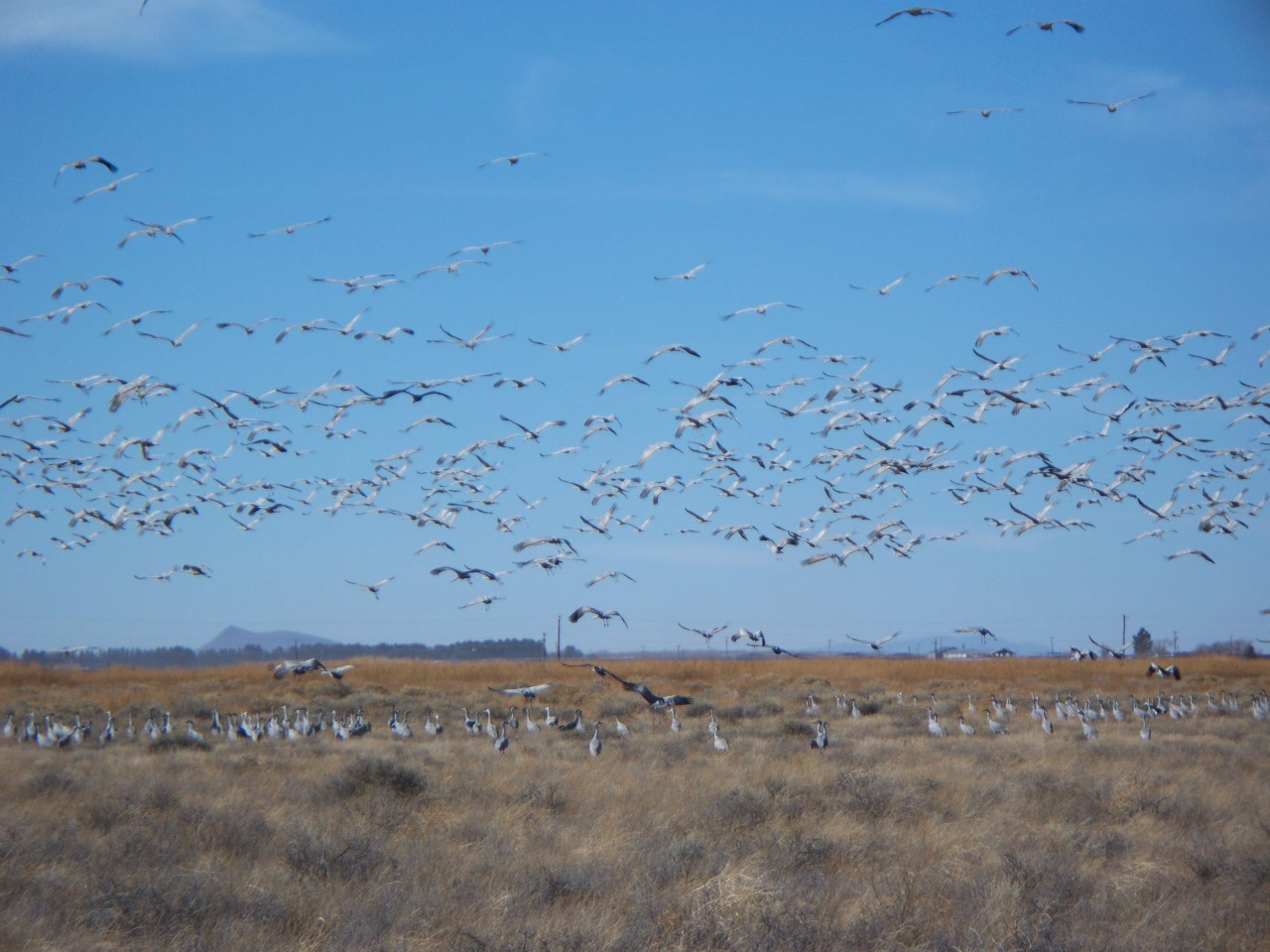
This year, we repeated this tradition with another successful hunt in the northwest part of Doña Ana County close to and on the Rio Grande River. The six of us were hunting public lands on a diversion reservoir in Doña Ana County, one of five counties in New Mexico that recently passed official resolutions supporting public lands. Simply put, without our national public lands, hunts like ours would not be possible.
Like a growing number of county commissioners across the West, Doña Ana elected officials chose to recognize the cultural importance and economic benefits of public lands within their county. A total of 26 pro-public-lands resolutions have been passed by county and municipal governments across the West in the past two years. This is part of a major movement to prove the value of national public lands to detractors who would transfer or sell them off forever. The five counties behind resolutions in New Mexico—Doña Ana, Santa Fe, Bernalillo, Taos, and San Miguel counties—represent one million residents, or nearly half the state’s population, whose lives are improved by the proximity to public lands.
My friends and I were lucky enough to draw coveted permits for the blink-of-an-eye sandhill crane season, just two days long in the southwest portion of the state, and take full advantage of the public lands we love. That includes plenty of pre-season scouting if you hope to be in the action on opening day. Cranes have keen senses and once an area is hunted they usually don’t return to give you a second chance.
When it comes to our public lands, nothing is ever certain. You might get the luck of the draw during tag season, and perhaps a fortunate wind on opening day. But whether we limit out or not, sportsmen and women have to keep doing the work to defend our access and keep public lands well managed. Here’s a good start: Sign the petition at sportsmensaccess.org to let your legislators know that public lands are a critical part of our sporting heritage.

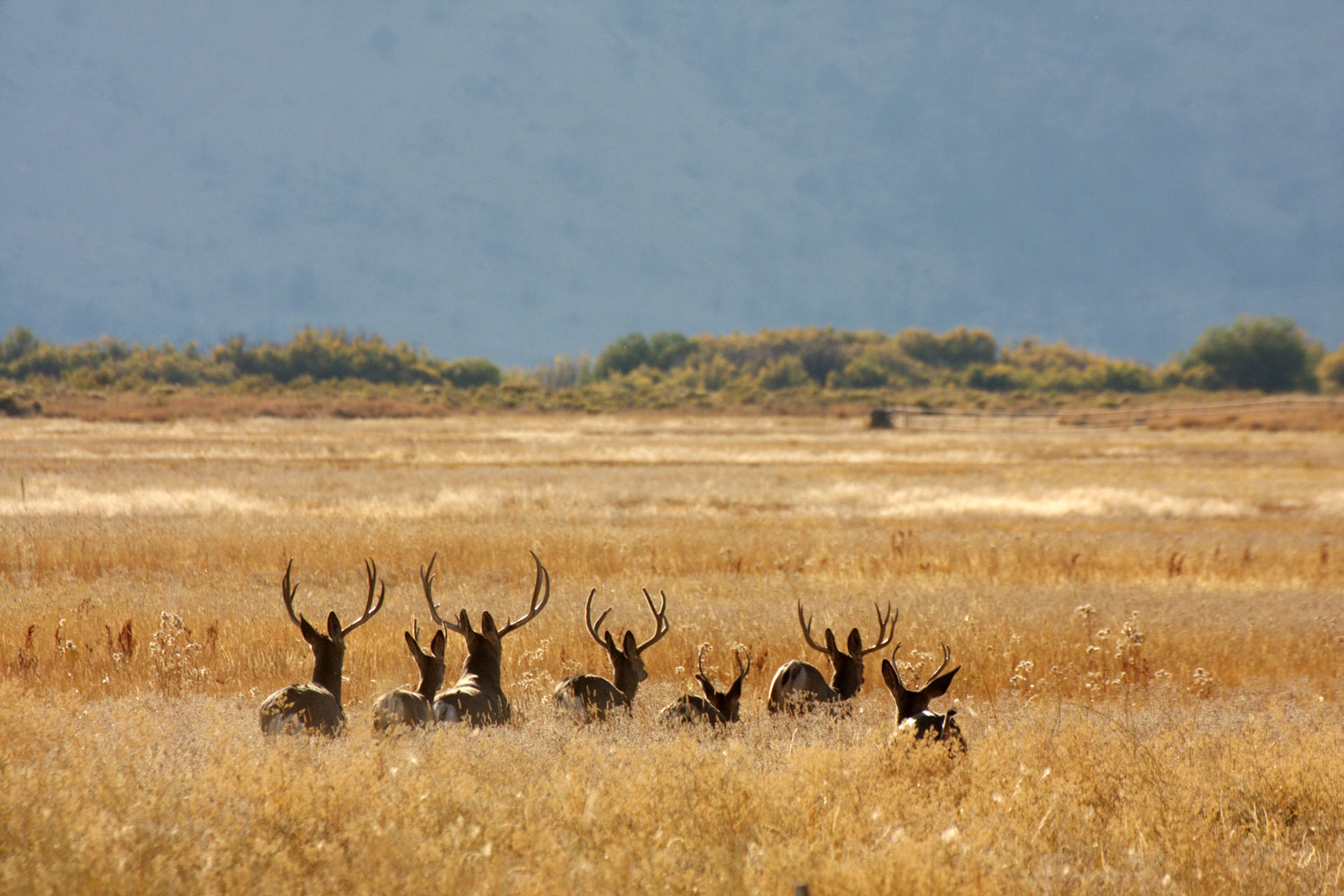
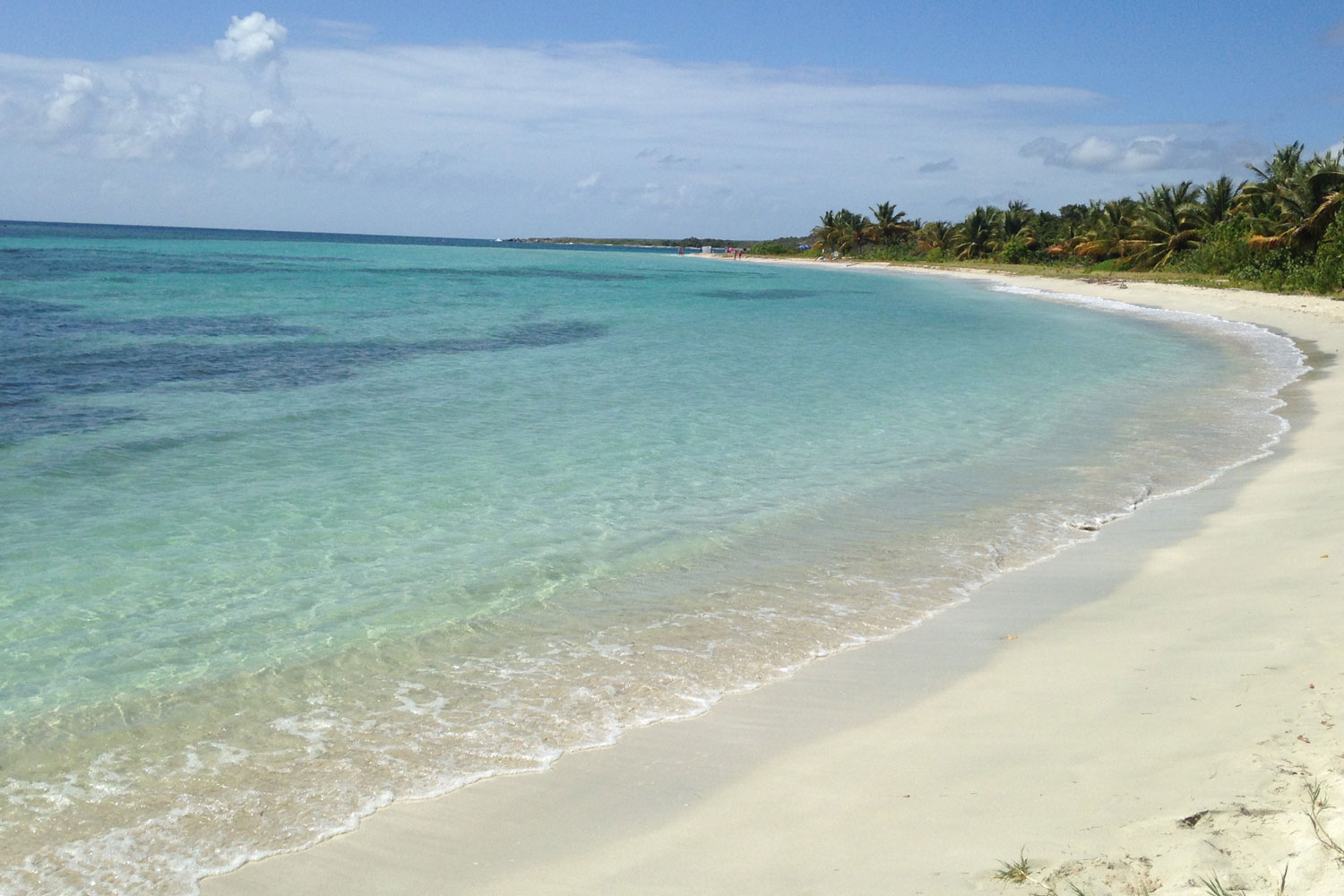
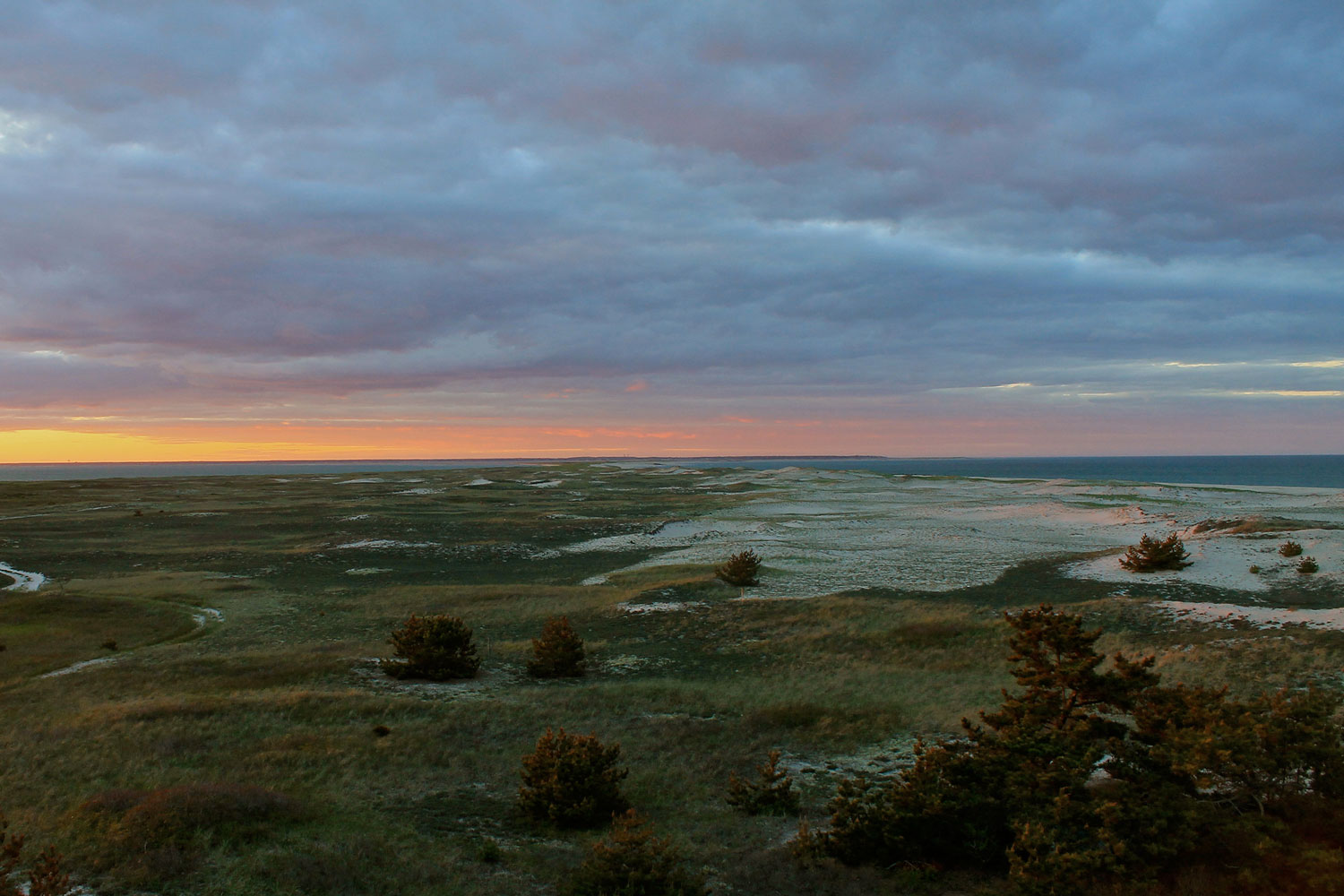
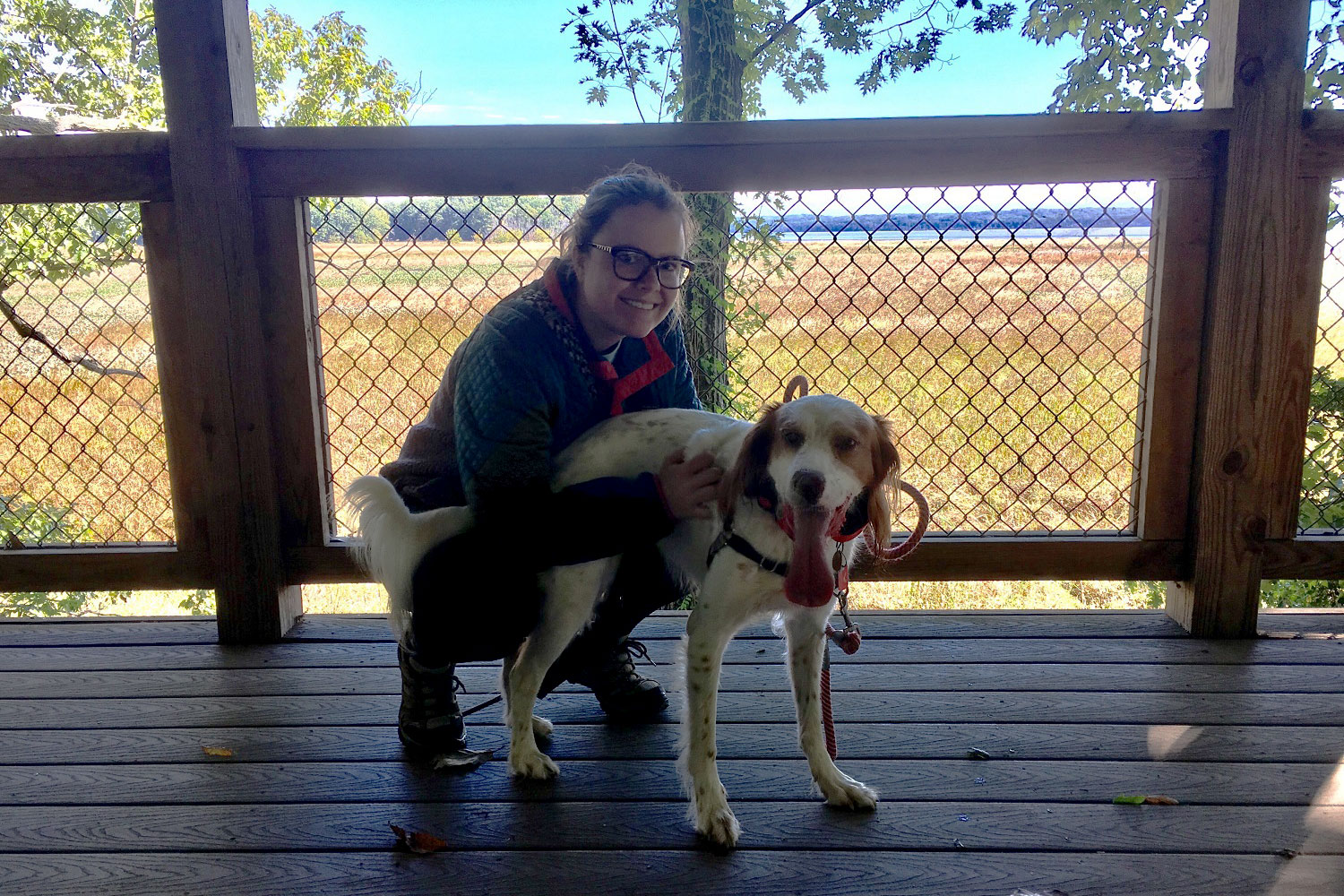
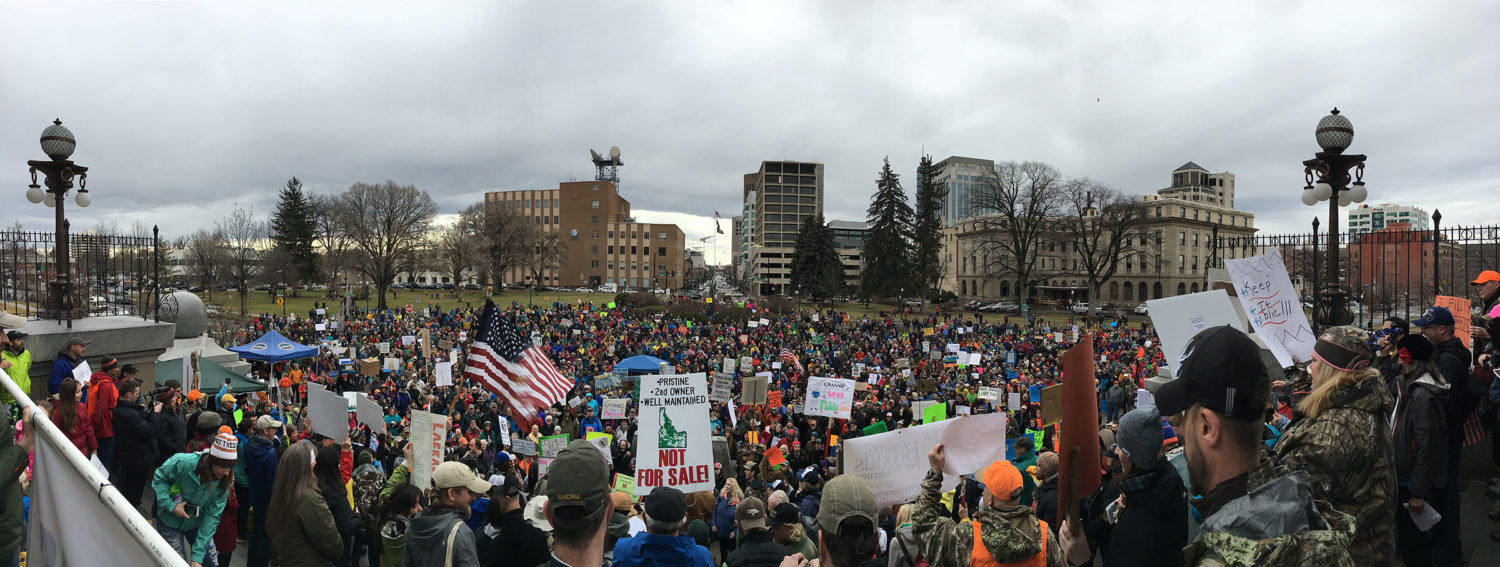
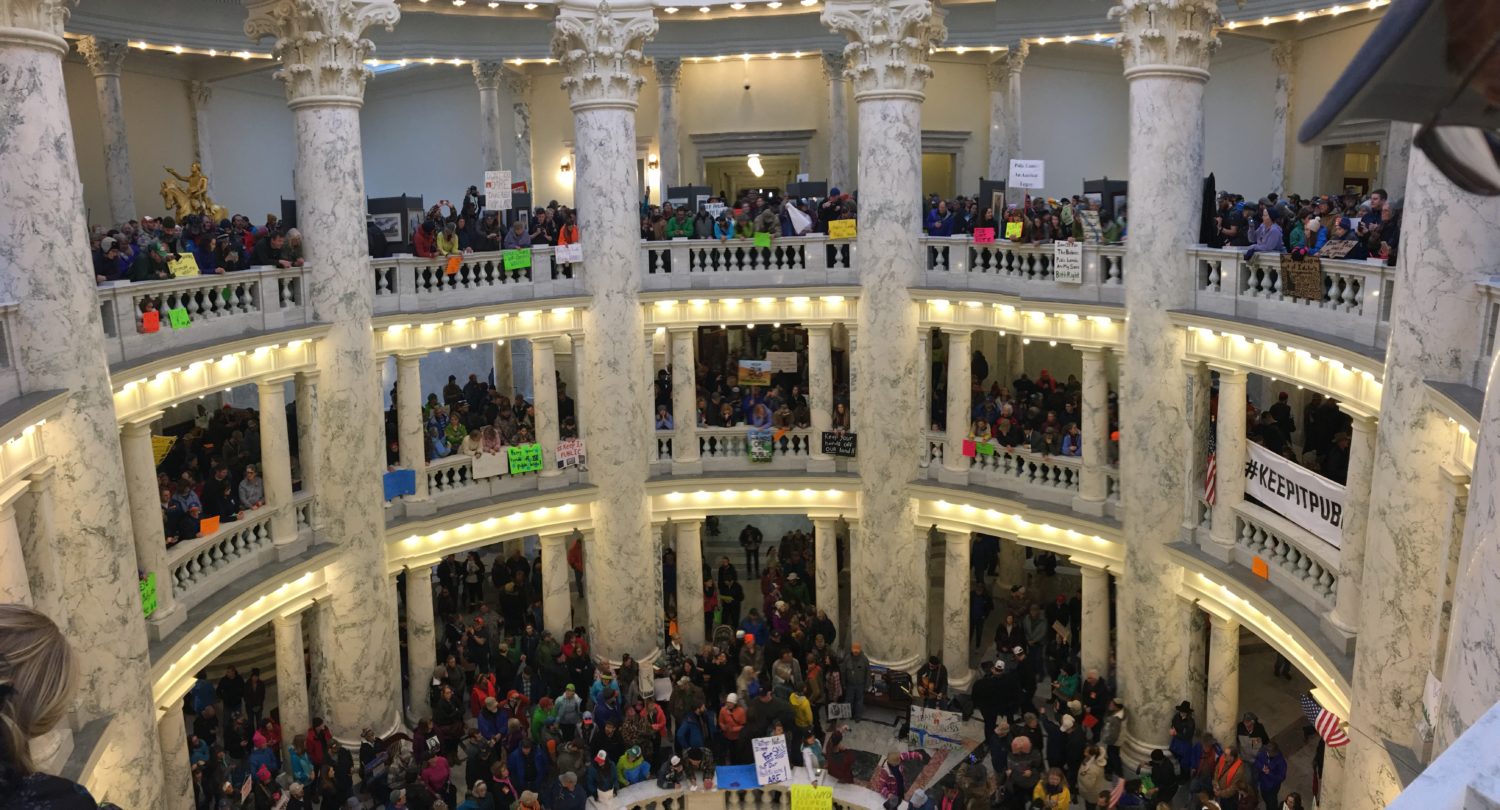
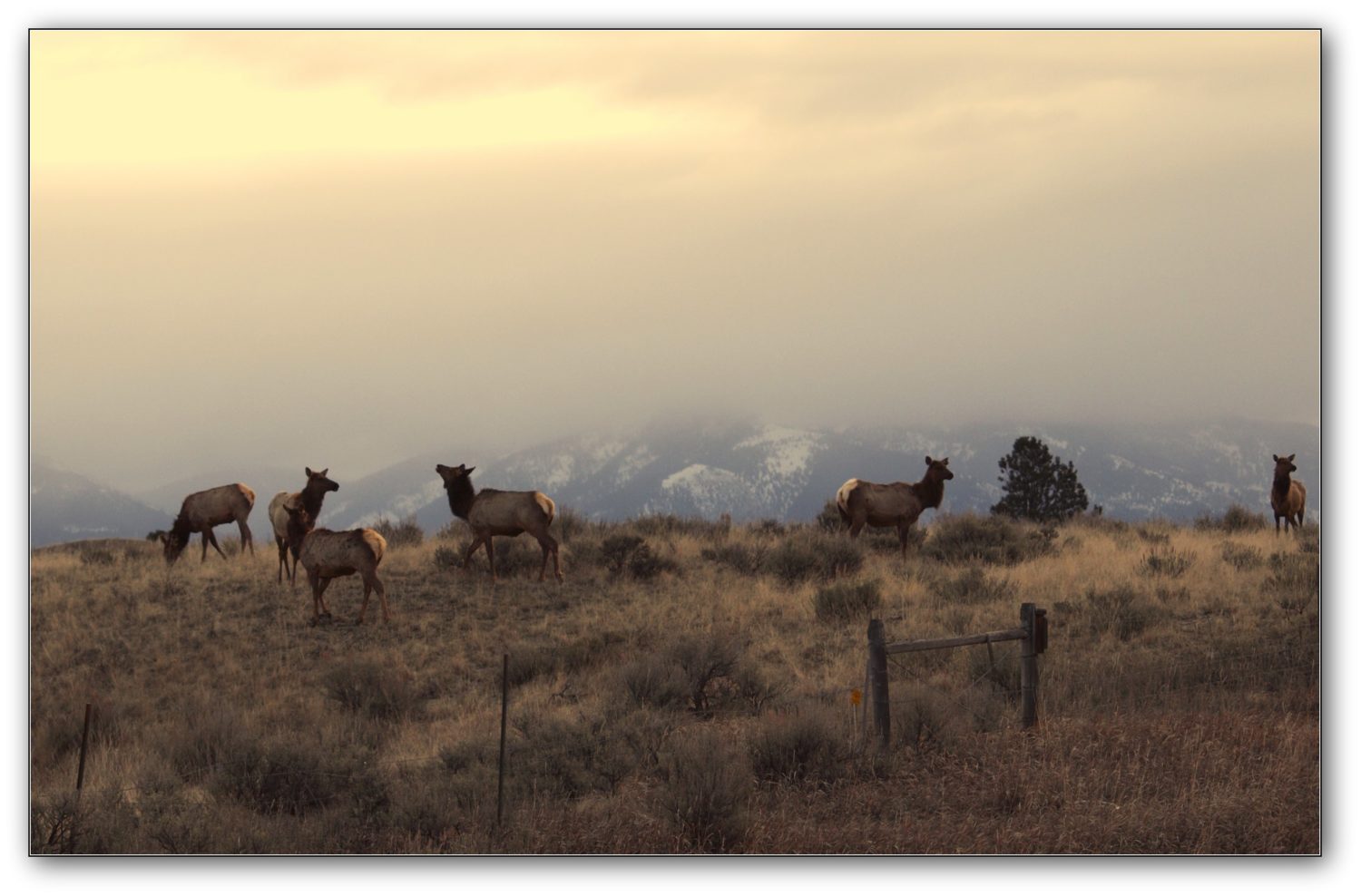
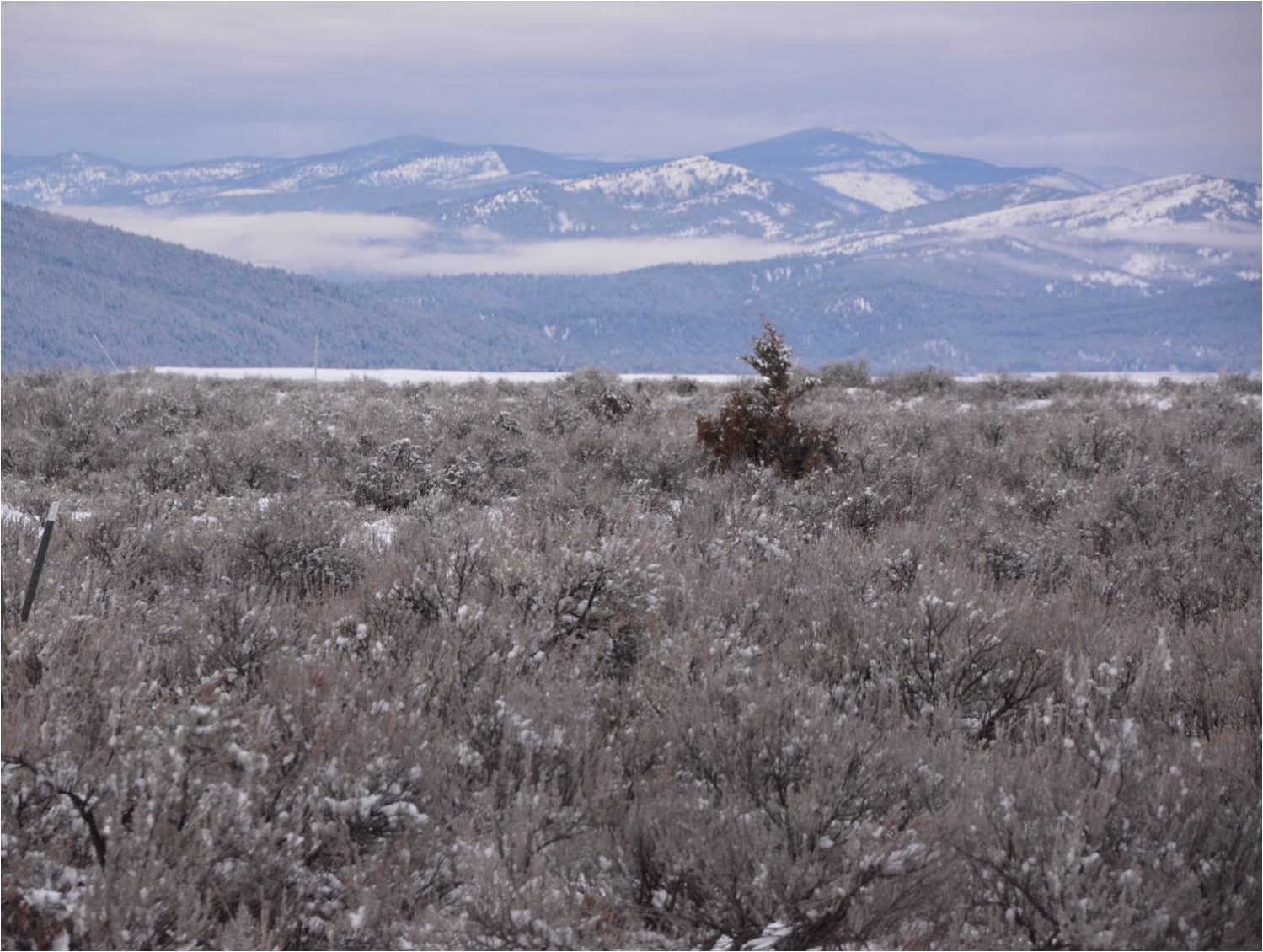
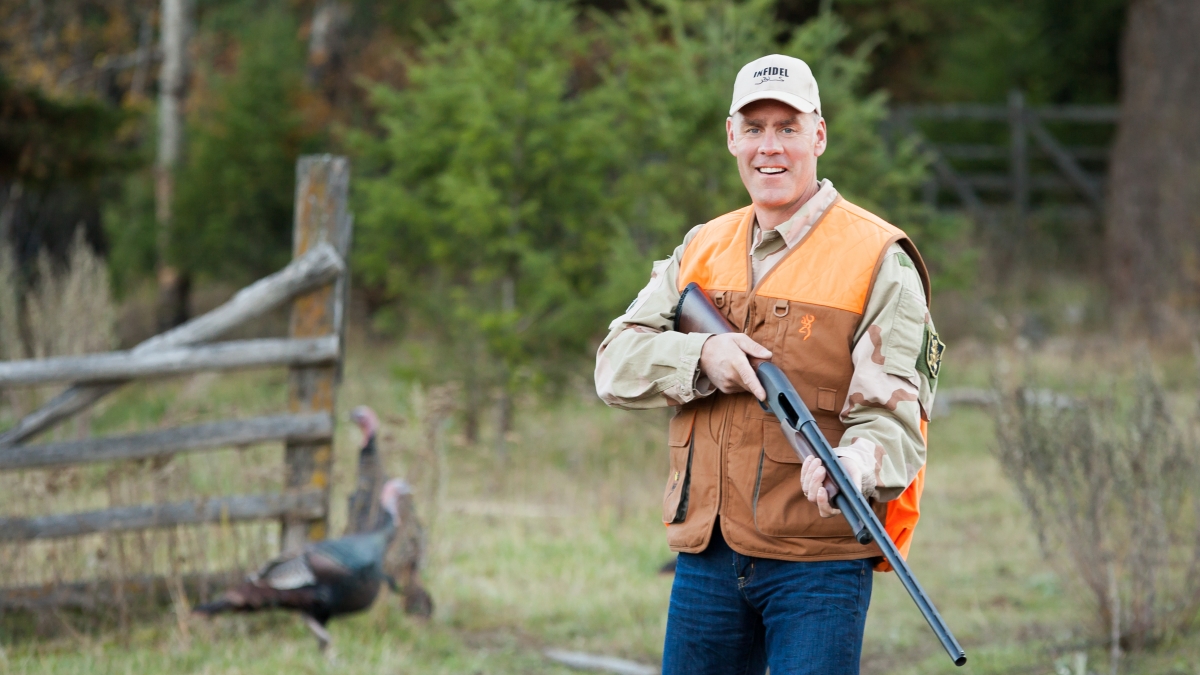




Public land in my part of the country is paramount in order to hunt waterfowl.
Please help keep this major tradition alive.
We need public lands to preserve our wildlife population.
Growing up in Texas, I never had the opportunity to hunt or fish without paying for a lease or knowing friends or family that owned property where they would allow hunting or fishing. I spent a career managing our wonderful public lands and cherish this amazing tradition that allows me and my fellow citizens to experience the joy of hunting, fishing and recreating on public lands. Let’s work together to make sure it stays that way.